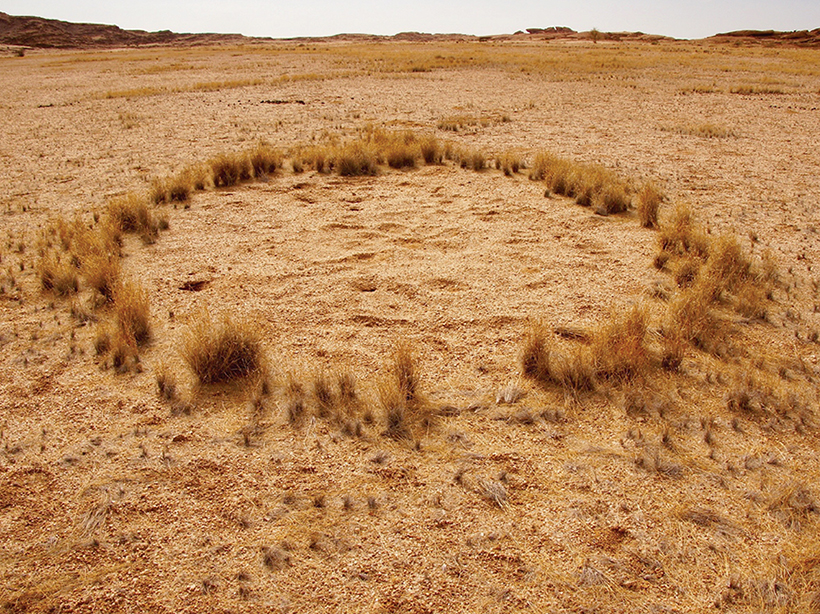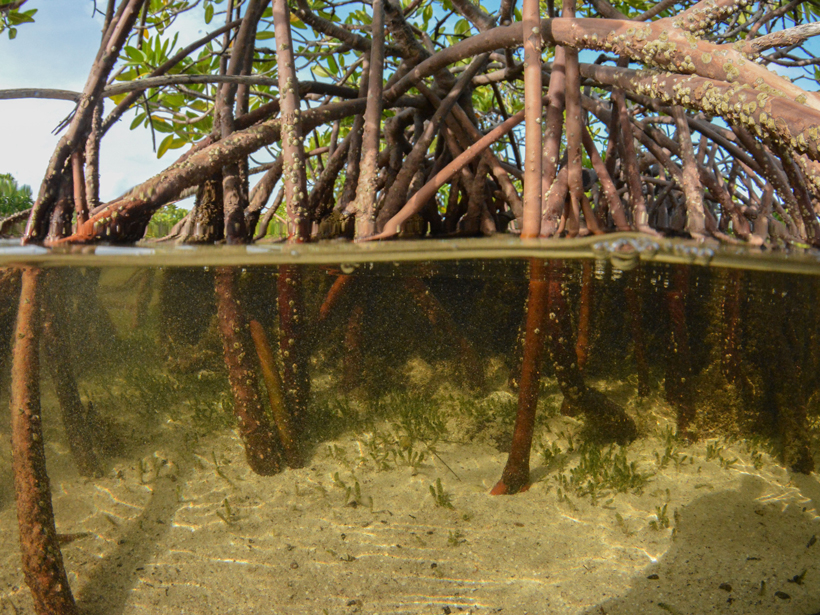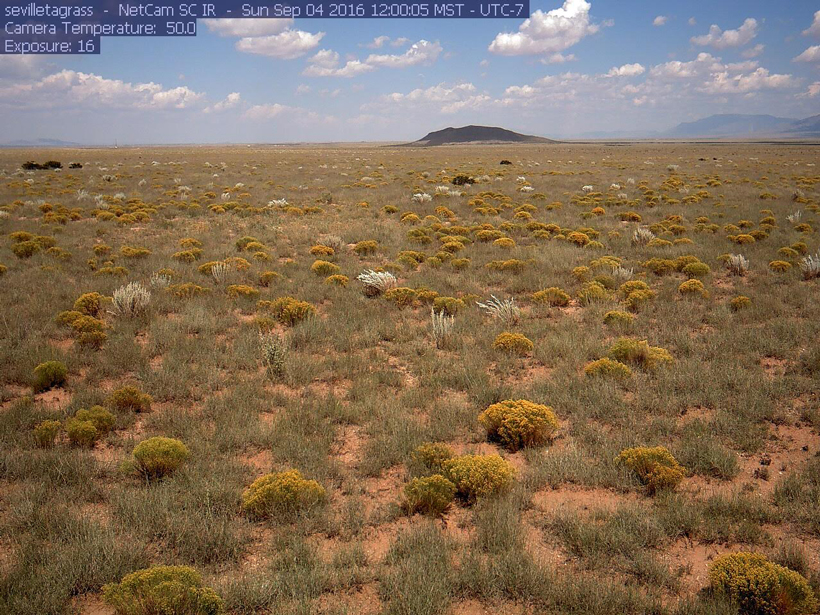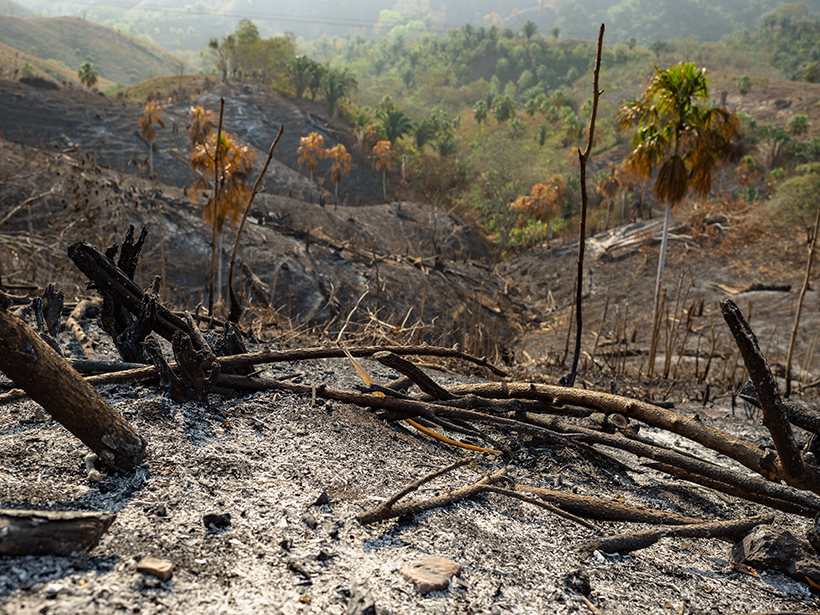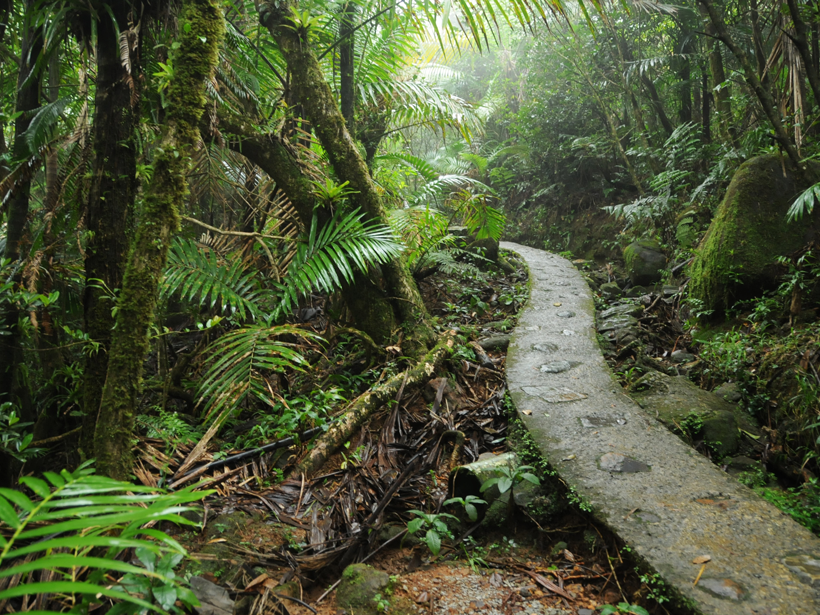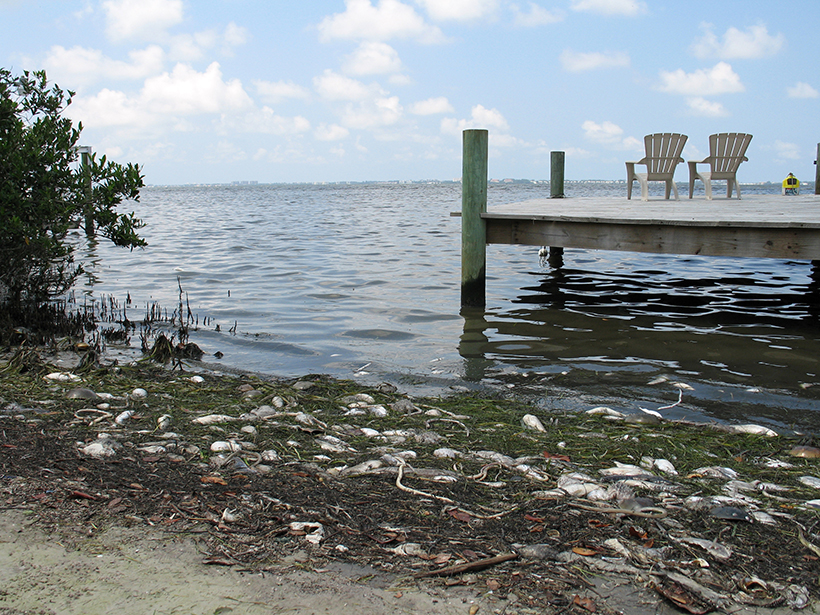A warm period unexpectedly boosted some species of fish larvae off the coast of Mexico.
ecosystems
Mysterious "Fairy Circles" Continue to Enchant Scientists
Researchers revisit an old theory about the ethereal patterns of vegetation that form in some arid landscapes.
Global Significance of the Changing Freshwater Carbon Cycle
Freshwater ecosystems constitute a small fraction of our planet but play a disproportionately large and critical role in the global carbon cycle.
Study Finds That Coastal Wetlands Excel at Storing Carbon
Shoreline environments show more promise than other marine ecosystems for mitigating climate change, the analysis shows.
Tiny Creatures Form Massive, Bright Ring Around Antarctica
Dense algae populations in the Great Calcite Belt could cause carbon dioxide release from the ocean into the atmosphere.
Integrating Multiscale Seasonal Data for Resource Management
Workshop on Phenology at Scales from Individual Plants to Satellite Pixels; Cambridge, Massachusetts, 21–23 June 2016
Identifying a Fire Ecology Research Agenda for Colombia
Fire Ecology Colloquium; Bogotá, Colombia, 23–24 June 2016
The Pace of Change on Tropical Landscapes
Emerging Issues in Tropical Ecohydrology; Cuenca, Ecuador, 5–9 June 2016
Birds Flock to Areas of Good Weather Across the United States
A survey of birds over several decades shows that many bird species migrate or shrink their habitat to avoid drought and storms.
Coastal Observations from a New Vantage Point
The NASA Geostationary Coastal and Air Pollution Events satellite mission plans to keep an eye on short-term processes that affect coastal communities and ecosystems.


